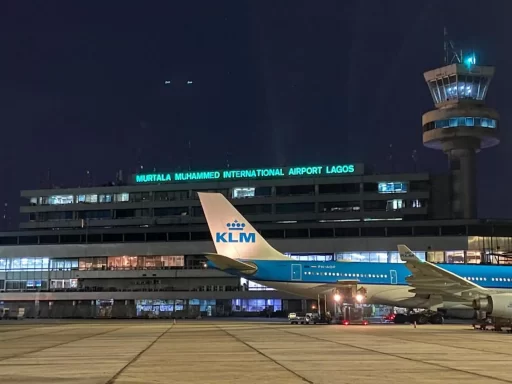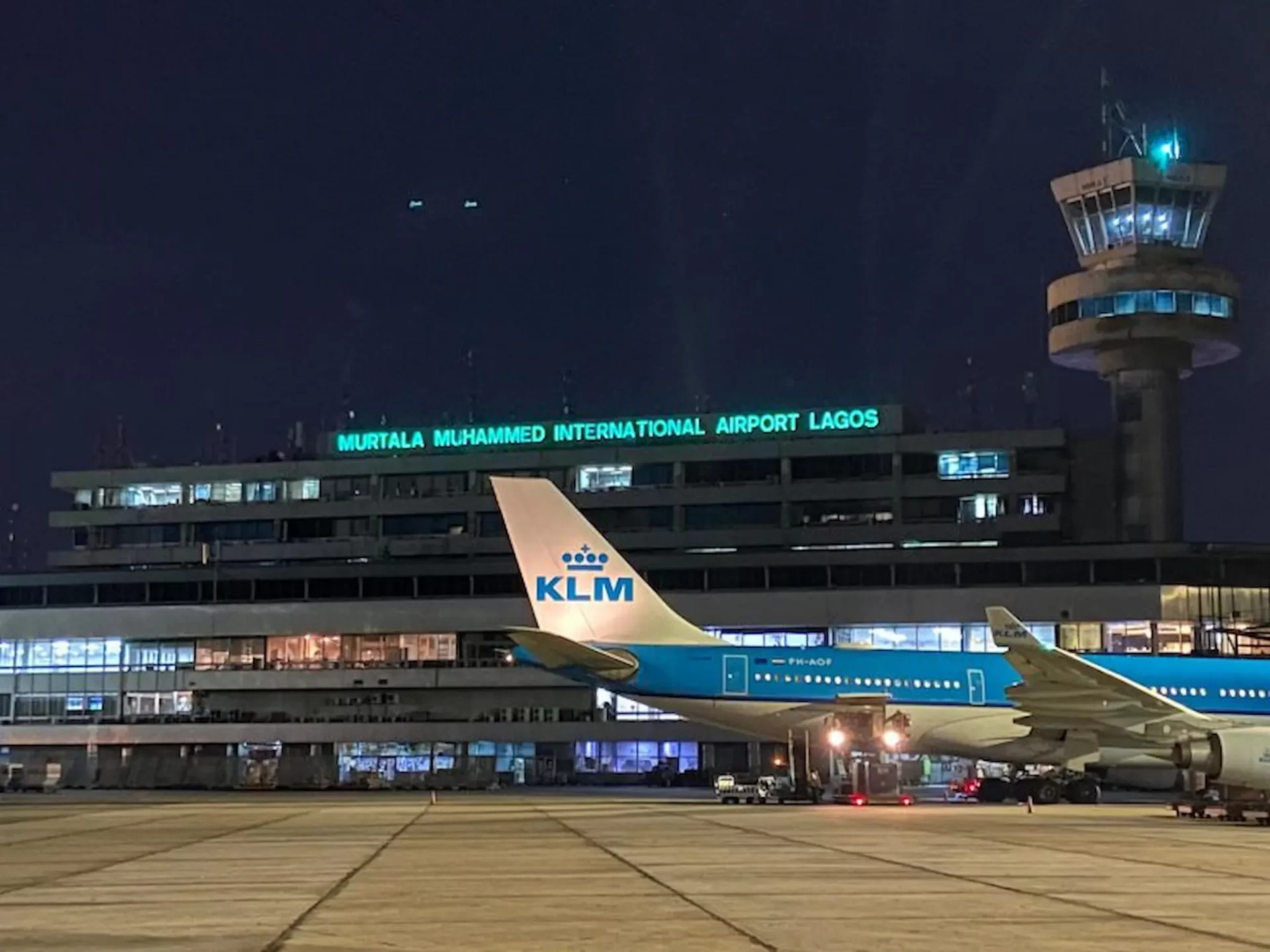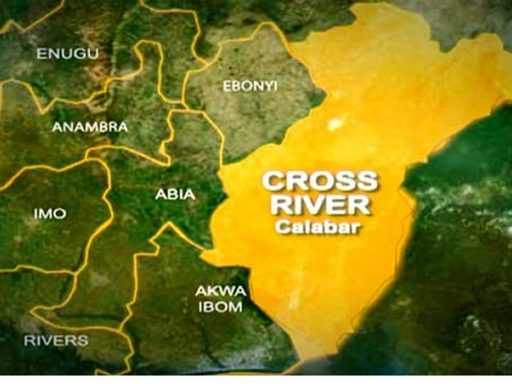Lagos Airport Upgrade: National Pride or Costly Gamble?
NaijaEnquirer
The Nigerian government’s ₦712 billion plan to completely overhaul the Murtala Muhammed International Airport (MMIA) in Lagos is generating heated national debate. Touted as a transformative “smart airport” project, critics are asking: Is this bold vision for progress, or reckless spending in hard times?
“We Are Building a Smart Airport”
According to Minister of Aviation and Aerospace Development, Festus Keyamo, Terminal One built in 1979 is long overdue for replacement. He pointed to broken facilities, outdated technology, and a generally poor passenger experience as justification for a full rebuild rather than renovation.
“What we are doing is reconstruction, not renovation,” he said. The upgrade includes tearing down the old terminal, expanding the newer Chinese-built Terminal Two, constructing a passenger bridge, new ring roads, and increased aircraft apron space.
Lagos Airport’s Strategic Role
Lagos handles about 67% of Nigeria’s total air traffic, making it not just a transportation hub but also a major national asset. “The aviation sector of any nation, especially its airports, makes for a strong first impression,” said Keyamo.
He stressed that poor infrastructure discourages investment, raises insurance costs for airlines, and threatens the country’s aviation reputation.
The ₦712 Billion Price Tag
The project will be funded through the Renewed Hope Infrastructure Fund, which is fueled by savings from the fuel subsidy removal. “This is not a loan,” Keyamo clarified, adding that it’s the same model used for the Second Niger Bridge.
He defended the cost—approximately $447 million—as one of the cheapest globally for a project of its scope. Comparisons were made to Addis Ababa’s $7.8 billion upgrade and Angola’s $3.5 billion airport project.
Critics: “Wasteful and Insensitive”
The African Democratic Congress (ADC) slammed the plan as a misplaced priority, especially amid economic hardship. The party questioned the urgency, citing a 2022 upgrade under former President Buhari that included a new terminal with modern features.
“Spending ₦712bn on a second upgrade in such a short time is outrageous,” said ADC’s spokesperson, Bolaji Abdullahi. The party argued that the funds could instead finance major alternatives like:
- Seven fully equipped teaching hospitals
- Free basic education in three regions for five years
- Rural electrification in thousands of communities
Global Benchmarks and Local Plans
Supporters argue that the cost is modest compared to global standards. Keyamo urged Nigerians to research global airport development figures, noting that the Bureau of Public Procurement negotiated a favourable deal.
The airport project is part of a wider infrastructure plan. Airports in Abuja, Kano, Port Harcourt, and Maiduguri are also on the upgrade list. Notably, Maiduguri’s airport will be elevated to international status, aimed at serving the North-East region.
He also highlighted recent wins for the aviation sector under his watch, such as securing London Heathrow slots for Air Peace, which has already helped reduce international ticket prices.
Timing and Transparency
Despite these assurances, the project’s timing continues to raise eyebrows. With inflation surging and millions of Nigerians struggling economically, many feel the upgrade does not align with current priorities.
However, Keyamo insists the people will judge: “We will take it to the Nigerian people during the election, when we commission that airport and Nigerians see it. Then they can decide.”
What’s Next?
Reconstruction will involve the complete demolition of Terminal One. The government has promised transparency, inviting lawmakers, journalists, and civil society groups to monitor the process.
Still, key questions linger: Was the National Assembly consulted? Is this the best use of scarce public funds? And will the project deliver long-term value?







